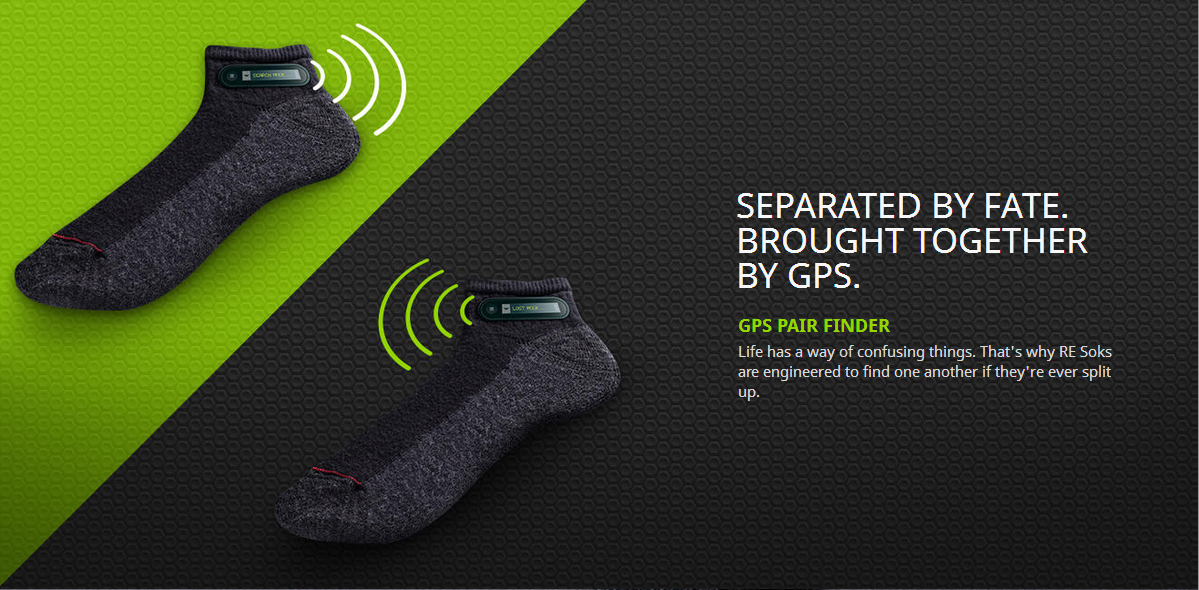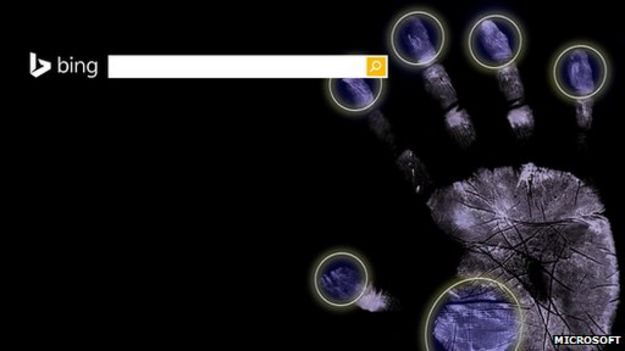Saw the above picture recently on Twitter. While its great to see how connected our future homes and even cities would be, it would be interesting to see what technologies are used for connecting these devices.
Cambridge Wireless had a smart homes event last month, there were some interesting presentations that I have detailed below.
The first of these technologies discussed is LoRa. As can be seen, its billed as ultimate long range (10 mile) and low power (10 year battery lifetime) technology. It uses spread-spectrum making it robust to channel noise. Here is the presentation:
The next technology is Zigbee 3.0. According to Zigbee Alliance:
The new standard unifies ZigBee standards found in tens of millions of devices delivering benefits to consumers today. The ZigBee 3.0 standard enables communication and interoperability among devices for home automation, connected lighting, energy efficiency and other markets so more diverse, fully interoperable solutions can be delivered by product developers and service providers. All device types, commands, and functionality defined in current ZigBee PRO-based standards are available to developers in the new standard.
ZigBee 3.0 defines the widest range of device types including home automation, lighting, energy management, smart appliance, security, sensors, and health care monitoring products. It supports both easy-to-use DIY installations as well as professionally installed systems. Based on IEEE 802.15.4, which operates at 2.4 GHz (a frequency available for use around the world), ZigBee 3.0 uses ZigBee PRO networking to enable reliable communication in the smallest, lowest-power devices. Current ZigBee Certified products based on ZigBee Home Automation and ZigBee Light Link are interoperable with ZigBee 3.0. A complete list of standards that have been merged to create ZigBee 3.0 can be seen on the website at www.ZigBee.org.
“The ZigBee Alliance has always believed that true interoperability comes from standardization at all levels of the network, especially the application level which most closely touches the user,” said Tobin J. M. Richardson, President and CEO of the ZigBee Alliance. “Lessons learned by Alliance members when taking products to market around the world have allowed us to unify our application standards into a single standard. ZigBee 3.0 will allow product developers to take advantage of ZigBee’s unique features such as mesh networking and Green Power to deliver highly reliable, secure, low-power, low-cost solutions to any market.”
Finally, we have Bluetooth Smart mesh.
CSRmesh enables Bluetooth® low energy devices not only to receive and act upon messages, but also to repeat those messages to surrounding devices thus extending the range of Bluetooth Smart and turning it into a mesh network for the Internet of Things.
While the CW event was not able to discuss all possible technologies (and believe me there are loads of them), there are other popular contenders. Cellular IoT (CIoT) is one if them. I have blogged about the LTE Cat-0 here and 5G here.
A new IEEE Wi-Fi standard 802.11ah using the 900MHz band has been in works and will solve the need of connectivity for a large number of things over long distances. A typical 802.11ah access point could associate more than 8,000 devices within a range of 1 km, making it ideal for areas with a high concentration of things. The Wi-Fi Alliance is committed to getting this standard ratified soon. With this, Wi-Fi has the potential to become a ubiquitous standard for IoT. See also this article by Frank Rayal on this topic.
Finally, there is SIGFOX. According to their website:
SIGFOX uses a UNB (Ultra Narrow Band) based radio technology to connect devices to its global network. The use of UNB is key to providing a scalable, high-capacity network, with very low energy consumption, while maintaining a simple and easy to rollout star-based cell infrastructure.
The network operates in the globally available ISM bands (license-free frequency bands) and co-exists in these frequencies with other radio technologies, but without any risk of collisions or capacity problems. SIGFOX currently uses the most popular European ISM band on 868MHz (as defined by ETSI and CEPT) as well as the 902MHz in the USA (as defined by the FCC), depending on specific regional regulations.
Communication on SIGFOX is secured in many ways, including anti-replay, message scrambling, sequencing, etc. The most important aspect of transmission security is however that only the device vendors understand the actual data exchanged between the device and the IT systems. SIGFOX only acts as a transport channel, pushing the data towards the customer's IT system.
An important advantage provided by the use of the narrow band technology is the flexibility it offers in terms of antenna design. On the network infrastructure end it allows the use of small and simple antennas, but more importantly, it allows devices to use inexpensive and easily customizable antennas.
Sigfox is also working on project Mustang, a three-year effort to build a hybrid satellite/terrestrial IoT (internet of things) network. According to Rethink Research:
The all-French group also contains aerospace firm Airbus, research institute CEA-Leti and engineering business Sysmeca. The idea is to use Sigfox as the terrestrial data link, with satellite backhaul and connections to planes and boats provided by a low-earth orbit (LEO) satellite constellation.
...
The satellite link could be added to either the end devices or the base station, so that if a device was unable to connect to the terrestrial Sigfox network, it could fall back to the satellite.
While the power requirements for this would be prohibitive for ultra-low power, battery-operated devices, for those with a wired power supply and critical availability requirements (such as smart meters, alarms, oil tankers and rigs) the redundancy would be an asset. These devices may transmit small amounts of data but when they do need to communicate, the signal must be assured.
The Sigfox base station could be fitted with a satellite uplink as a primary uplink as well as a redundancy measure in some scenarios where terrestrial network reach cannot be achieved. With a three-year lifecycle, Mustang’s participants are looking to create a seamless global network, and note that the planned dual-mode terrestrial/satellite terminal will enable switching between the two channels in response to resource availability.
The group says that the development of this terminal modem chipset is a priority, with later optimization of the communication protocols being the next step before an application demonstration using an airplane.
The project adds that the full potential of the IoT can only be achieved by offering affordable mobile communications at a global scale and reach. Key to this is adapting existing networks, according to the group, which explains why Sigfox has been chosen – given that the company stresses the affordability of its system.































